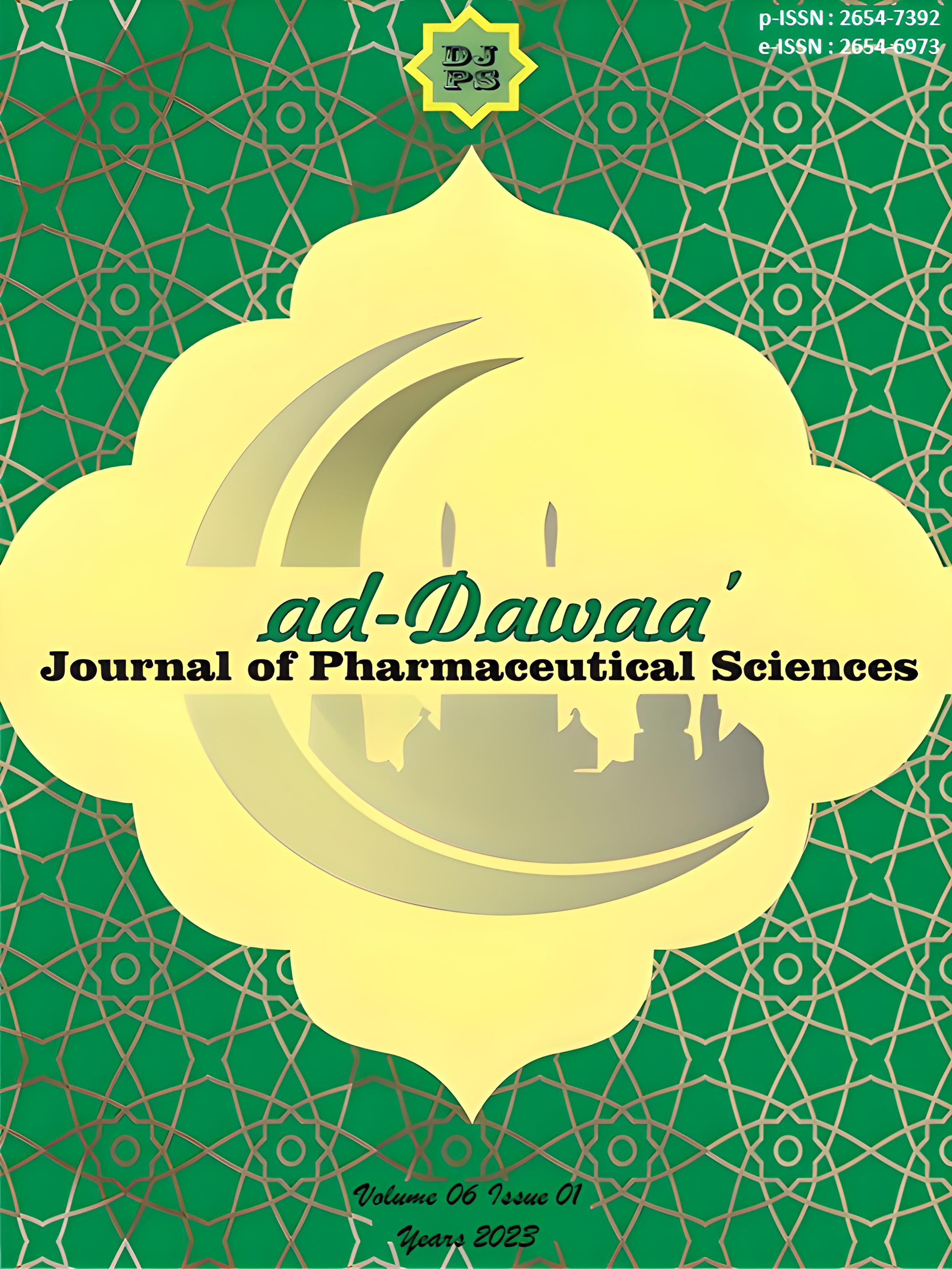Analysis of Body Weight Profile and Toxic Symptoms of White Rats on Giving Ethanol Fraction of Rambutan Peels (Nephelium lappaceum L)
Abstract
Introdiction: Rambutan peel (Nephelium lappaceum L) contains antioxidant compounds like flavonoids such as anthocyanins. The high antioxidant activity causes the high utilization of rambutan peel for treatment, but its side effects on the body are unknown. Aims: This study aimed to analyze the effect of giving rambutan rind ethanol fraction on body weight and toxic symptoms in white rats. Methods: The test was carried out using the OECD 425 method in which there were three treatment groups, each consisting of 5 test animals that were given the preparation orally. Treatment 1 was only given 1% CMC Na for 14 days; treatment 2 was given the ethanol fraction of rambutan peel 400 mg/200 g BW which was observed every 30 minutes for 4 hours, then up to 48 hours, then every day for up to 14 days. If there is none, it is continued with treatment 3, which is given the ethanol fraction of rambutan peel 1000 mg/200 g BW for 14 days. Symptoms of acute animal toxicity were observed for 14 days in that treatment. Result: The results showed that the ethanol fraction of rambutan peel doses of 400 mg/200 g BW and 1000 mg/200 g BW had a significant effect (p=0.017) in increasing the body weight profile of white rats, and there were no signs of acute toxicity in each treatment group. Conclusion: The dose of the ethanol fraction of rambutan peel 400 mg/200 g BW is the best, with an increased body weight of 25.17%.
Downloads
Once an article was published in the journal, the author(s) are:
- granted to the journal right licensed under Creative Commons License Attribution that allows others to share the work with an acknowledgement of the work's authorship.
- permitted to publish their work online in third parties as it can lead to wider dissemination of the work.
- continue to be the copyright owner and allow the journal to publish the article with the CC BY-SA license
- receiving a DOI (Digital Object Identifier) of the work.


1.png)